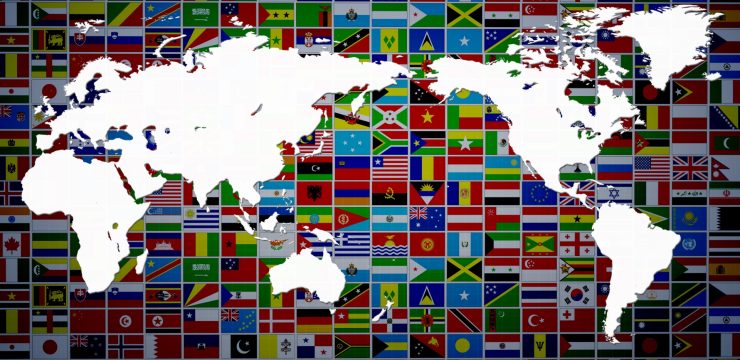The language of the Tlingit, the Alaska Indian tribe and the Canadian territory of the Yukon and translate tagalog to english
is threatened with extinction. The number of Tlingit speakers is decreasing every year. True, it has already begun to be taught in schools. An amazing language called Tlingit (Tlingit, Lingit) is spoken by the Tlingit tribe on the northeastern coast of the United States.
Speech communication of a proud and endangered people
Historically, the Tlingit territory is the southeast of Alaska, from the west of the Yakutat baro down to the city of Ketchikan. This includes the coastal area with vast territories, which is considered the interior of the country. This is the southern part of the modern Canadian Yukon, as well as the territory near the northern border of British Columbia – the cities of Teslin, Carcross and Atlin. Today, many of the Tlingit tribe live in large communities on the west coast, from Seattle to Anchorage, and even in San Francisco and Whitehorse in the Yukon.
The Tlingit language is in danger
Tlingit is a language that, unfortunately, faces incredible danger. It is difficult to determine how many people in the United States are fluent in the Tlingit language, modern researchers say that their number varies from 200 to 400 people, and in Canada, scientists have about 100 native speakers of the Tlingit language. Most of them are already in old age, and therefore the number of true native speakers is decreasing every year.
Currently, active measures are being taken to preserve the Tlingit language. Moreover, some Tlingit tribal schools include the study of the Tlingit language and national culture in their curriculum. In this way, they hope to increase the number of speakers of their native language and make it so that not only elders, but also young people speak it. They also hope that thanks to this, the threat of extinction will bypass their language. Fortunately, the language in these schools is taught by the oldest members of the tribe, who are few in number, but they speak their language fluently. Thus, the language is passed from one generation of the tribe to another, and thanks to classes in the study of the language, the people also receive a cultural education.
Tlingit language group and dialects
Linguists attribute the Tlingit language to the Na-Dene language family (it is also called the Athabaskan-Eyako-Tlingit group). The reason for this is the similarities between the grammatical structure of the Tlingit language with the Athabaskan and Eyak languages. The uniqueness of the Tlingit language is that it has four special sounds, which, it seems, are not found in any other known language in the world. Due to the vastness of the territory occupied by the Tlingit people, it goes without saying that their language has several dialects, differing in regional identity. The three dialects that have survived to this day are the northern Tlingit, the southern Tlingit, and the Tongas Tlingit, which is now on the verge of extinction. Despite the variety of dialects, native speakers of the Tlingit language can easily understand each of them.
Until the middle of the 20th century, Tlingit was a language in which there was a spelling effect on phonetics, that is, the written form of a word on the oral one, therefore, in scientific research or journal articles, the same word was spelled completely differently. This seriously complicated the collection of information until the language was brought to two unified writing systems. At one time, the Tlingit language was carefully studied by several anthropologists, and they helped save it from complete extinction. Three of these famous people are Franz Boas, John R. Swanton, and Frederica de Laguna. Today, in museums displaying Tlingit artifacts, in Tlingit books and in schools where Tlingit language lessons are held, these names are heard all the time.







